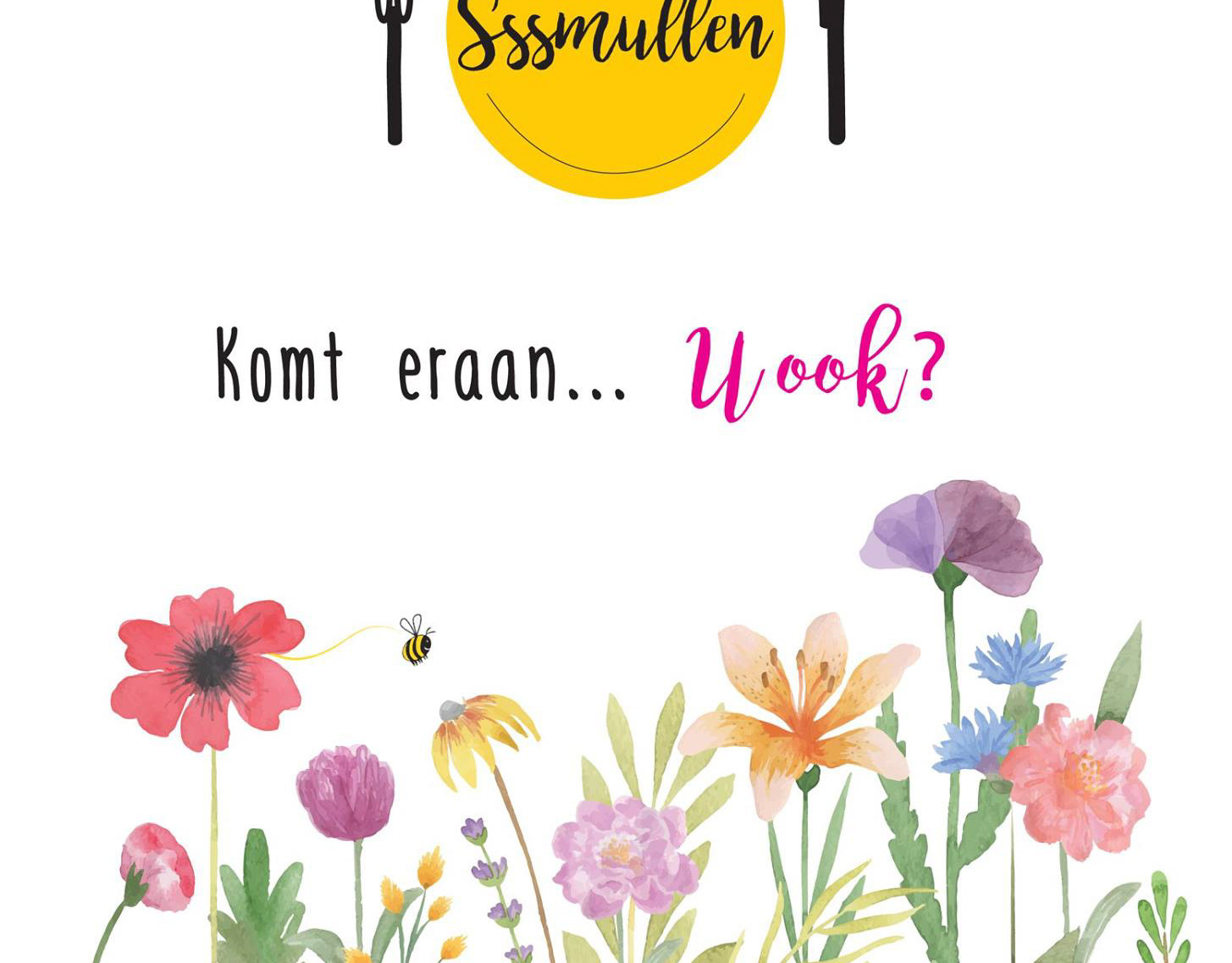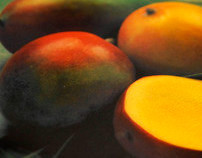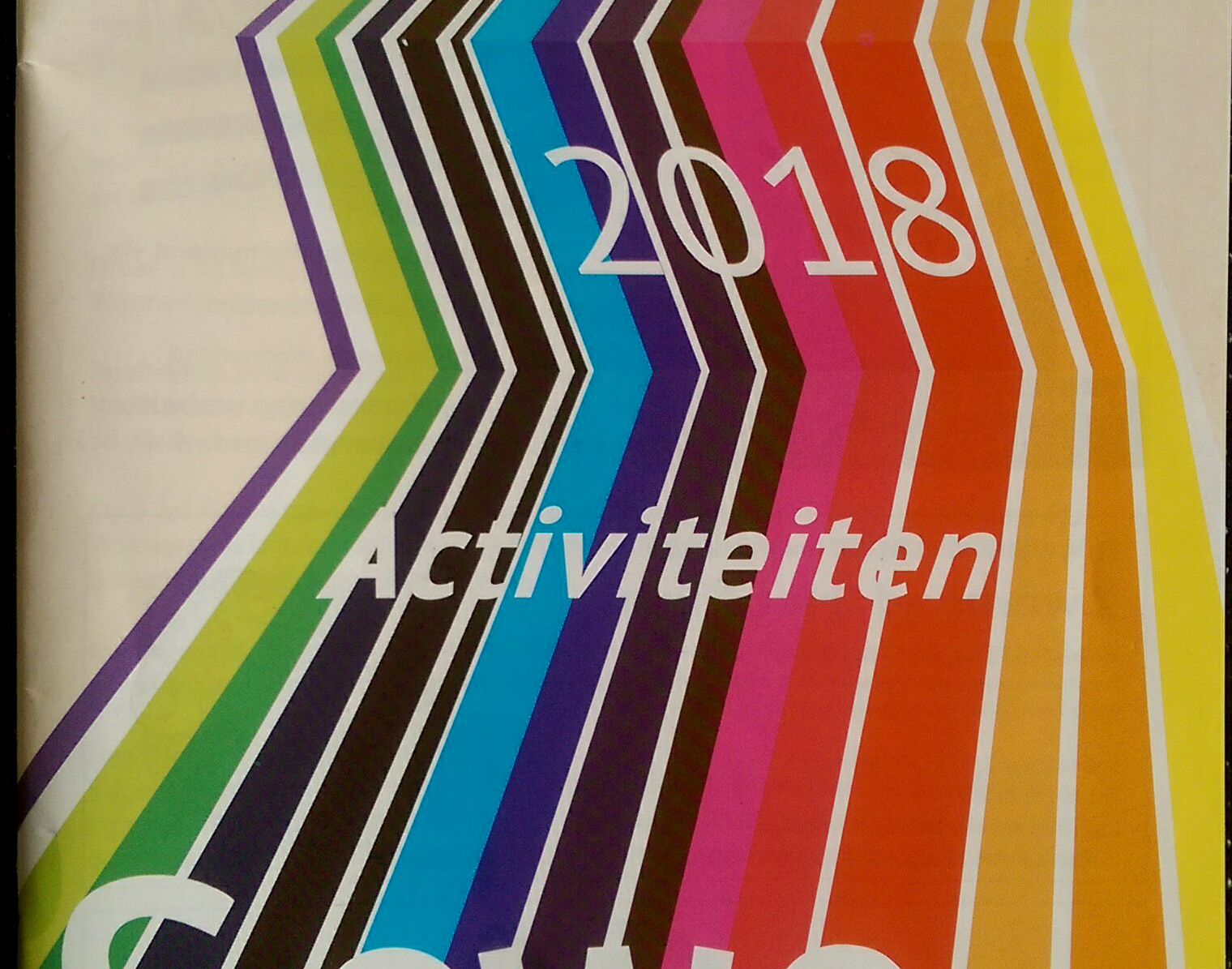Transforming Electricity Units - Wormerland
Client: Wormerland Municipality
# BRANDING #PUBLIC SPACE #EDUCATIONAL #SOCIAL BEHAVIOR
#CONCEPT #MARKETING #STRATEGY #UX
#CONCEPT #MARKETING #STRATEGY #UX
How the Electricity Units looked like before being transformed.
How it started:
Margo Kerssens and Ada de Wit (locals) wanted a fresher look for the boring electricity units in the center of Wormer. Together with the municipality, they wanted to place photo stickers, with beautiful landscapes or nature photos, to be taken, on it. Wormerland municipality contacted me to help them facilitate this process on which they were already running for almost 2 years. When I saw the units though, I immediately advised them to abort their plan. The units weren't new and its conditions accordingly. Also they did have too many irregular surfaces, too many details and protuberances on them, making difficult placing any sticker. In a longer term due to the sun and weather endurance, the colours would soon fade and also it would make them friable and lightly to peel off, making them finally uglier then when just plain. A waist of time and money. I advised them different solutions, not necessary with me, but also ventilated some own ideas on which they got very enthusiastic, therefore I could offer a complete new concept.
When I was contacted, their initial Goal was: To transform the boring units, into beautiful units.
New Concept:
To create a design using typical local elements (ranging from cultural, artistic, environmental to social) wether its process was based on contextual research, on which the final result would fit and blend within the identity/branding of a sustainable municipality and the region itself, where man and nature are in balance, positively impacting community and the municipality on different levels.
The typical regional elements chosen were the Zaanse architecture and the Dutch flower culture (represented by the flowerbeds), representing man; and for the local nature, its fauna and flora on which name are already very familiar for the community, as many of their streets carry already birds, flowers, names but many didn't have any idea how they looked like as they cannot normally be found on the streets, but in their natural habitat in the natural reserves on the outskirts of the town.
When I was contacted, their initial Goal was: To transform the boring units, into beautiful units.
New Concept:
To create a design using typical local elements (ranging from cultural, artistic, environmental to social) wether its process was based on contextual research, on which the final result would fit and blend within the identity/branding of a sustainable municipality and the region itself, where man and nature are in balance, positively impacting community and the municipality on different levels.
The typical regional elements chosen were the Zaanse architecture and the Dutch flower culture (represented by the flowerbeds), representing man; and for the local nature, its fauna and flora on which name are already very familiar for the community, as many of their streets carry already birds, flowers, names but many didn't have any idea how they looked like as they cannot normally be found on the streets, but in their natural habitat in the natural reserves on the outskirts of the town.
Results and goals:
At first glance, the units look 'just' very artistic, yet the design is much more than aesthetic. Due to its many invisible layers, it works in a very subtile way in an unconscious level, yet very effectively, making this project so successful:
a) The design is educational
Each little Zaanse house is named after its owner (on which they appear), in this case birds, from one of the already existing street's name, allowing now people to link the name, to the bird itself and learn how they look like. In the case of 'The little Spoonbill house', it is very symbolic as the Spoonbill represents Wormerland municipality itself, appearing on its flag, coat of arms and logo, together with the colours blue and green.
The little houses are also surrounded by flowerbeds and local fauna like reed, yellow iris, orchid, cotton grass.
Saw already few times a group of children sitting around them, drawing and taking notes... school assignment I guess... :)
b) The design is functional
The units can be used as orientation point, landmark and meeting point.
During the dark cold winter days, the little houses are just like bright jewels, yet still electricity units.
c) The design is marketing oriented
The design uses typical regional elements and carry a sustainable message, 'Wormerland, man & nature', promoting not just the pride of the locals, but creating a unique landmark in the public space that can also be used for touristic goals.
d) The design connects culture to art
Accentuates cultural elements through arts and for its execution, I have invited a local graffiti artist, Peter Meijn, to collaborate with the project. I have chosen graffiti as it is very accessible form of art, that communicates and interacts directly to the public.
e)The design is interactive
Passersby react very positively to the design.
Children play with them: "Knock,knock,knock... anyone home?". Adults take selfies with the little houses on the background, or they use it as an excuse to start a conversation with someone else. They connect people, something happens... an emotion, a smile!
At first glance, the units look 'just' very artistic, yet the design is much more than aesthetic. Due to its many invisible layers, it works in a very subtile way in an unconscious level, yet very effectively, making this project so successful:
a) The design is educational
Each little Zaanse house is named after its owner (on which they appear), in this case birds, from one of the already existing street's name, allowing now people to link the name, to the bird itself and learn how they look like. In the case of 'The little Spoonbill house', it is very symbolic as the Spoonbill represents Wormerland municipality itself, appearing on its flag, coat of arms and logo, together with the colours blue and green.
The little houses are also surrounded by flowerbeds and local fauna like reed, yellow iris, orchid, cotton grass.
Saw already few times a group of children sitting around them, drawing and taking notes... school assignment I guess... :)
b) The design is functional
The units can be used as orientation point, landmark and meeting point.
During the dark cold winter days, the little houses are just like bright jewels, yet still electricity units.
c) The design is marketing oriented
The design uses typical regional elements and carry a sustainable message, 'Wormerland, man & nature', promoting not just the pride of the locals, but creating a unique landmark in the public space that can also be used for touristic goals.
d) The design connects culture to art
Accentuates cultural elements through arts and for its execution, I have invited a local graffiti artist, Peter Meijn, to collaborate with the project. I have chosen graffiti as it is very accessible form of art, that communicates and interacts directly to the public.
e)The design is interactive
Passersby react very positively to the design.
Children play with them: "Knock,knock,knock... anyone home?". Adults take selfies with the little houses on the background, or they use it as an excuse to start a conversation with someone else. They connect people, something happens... an emotion, a smile!
The Drafts:
Final Design:











